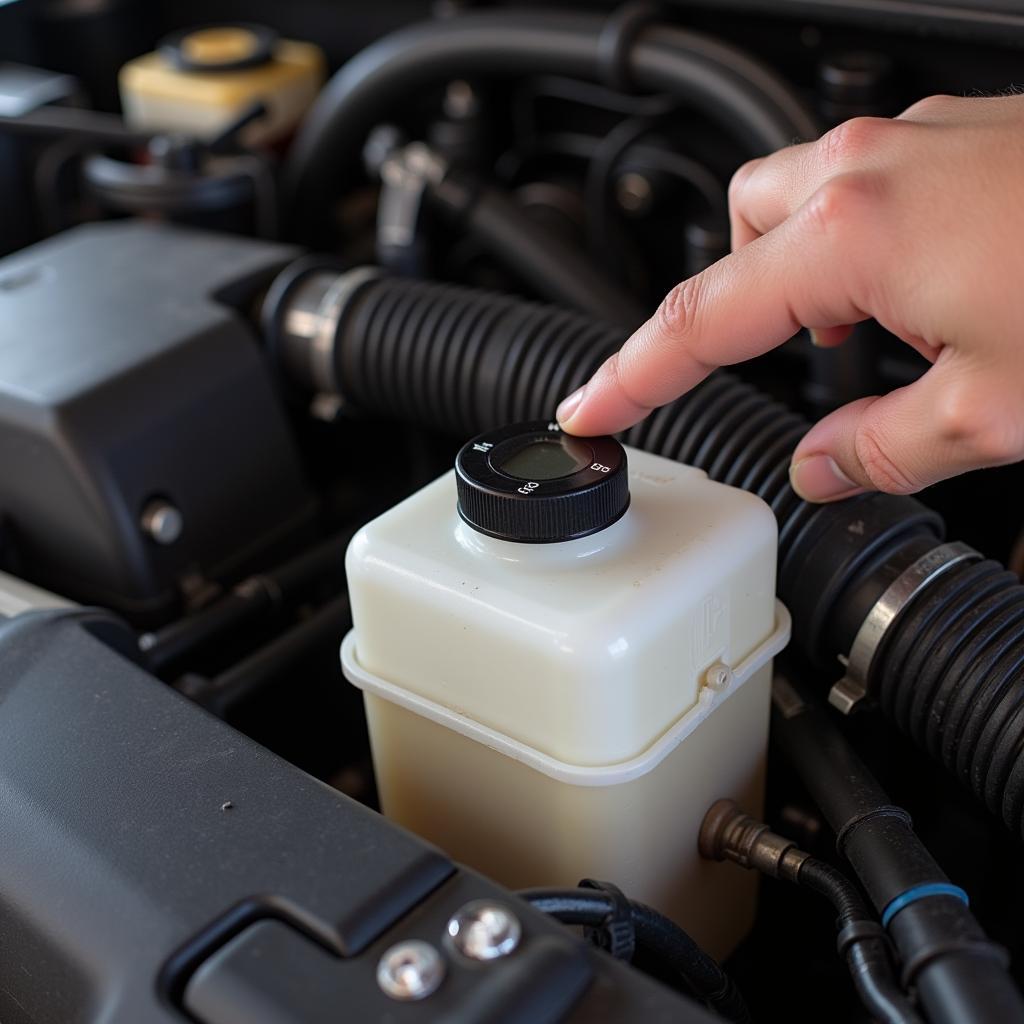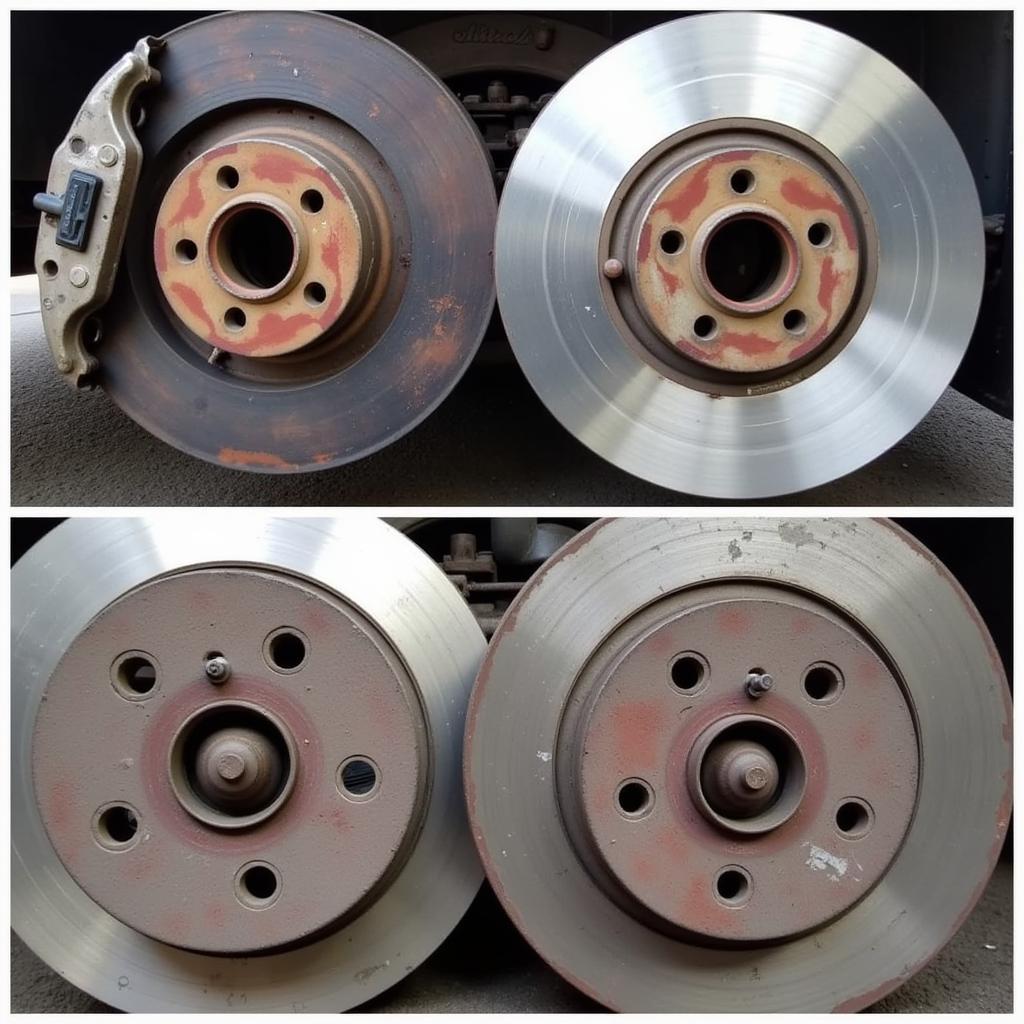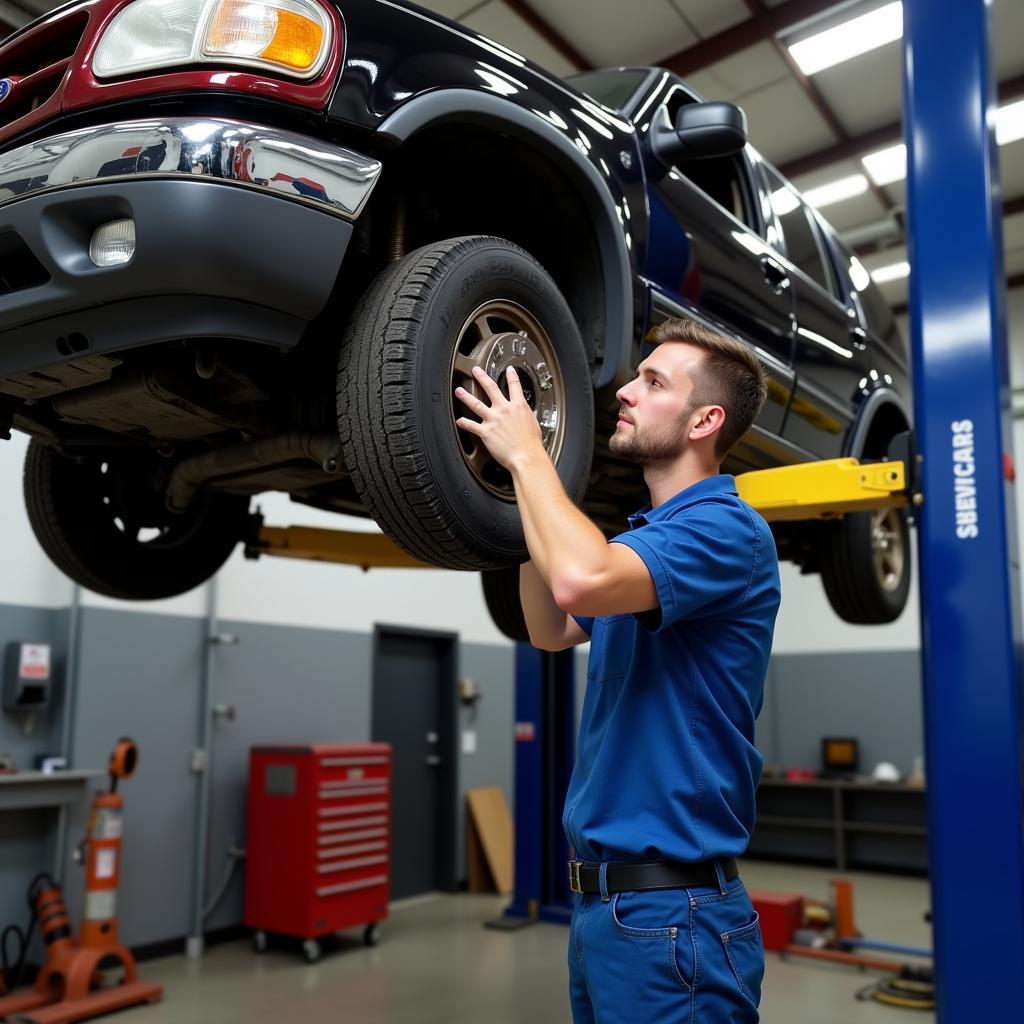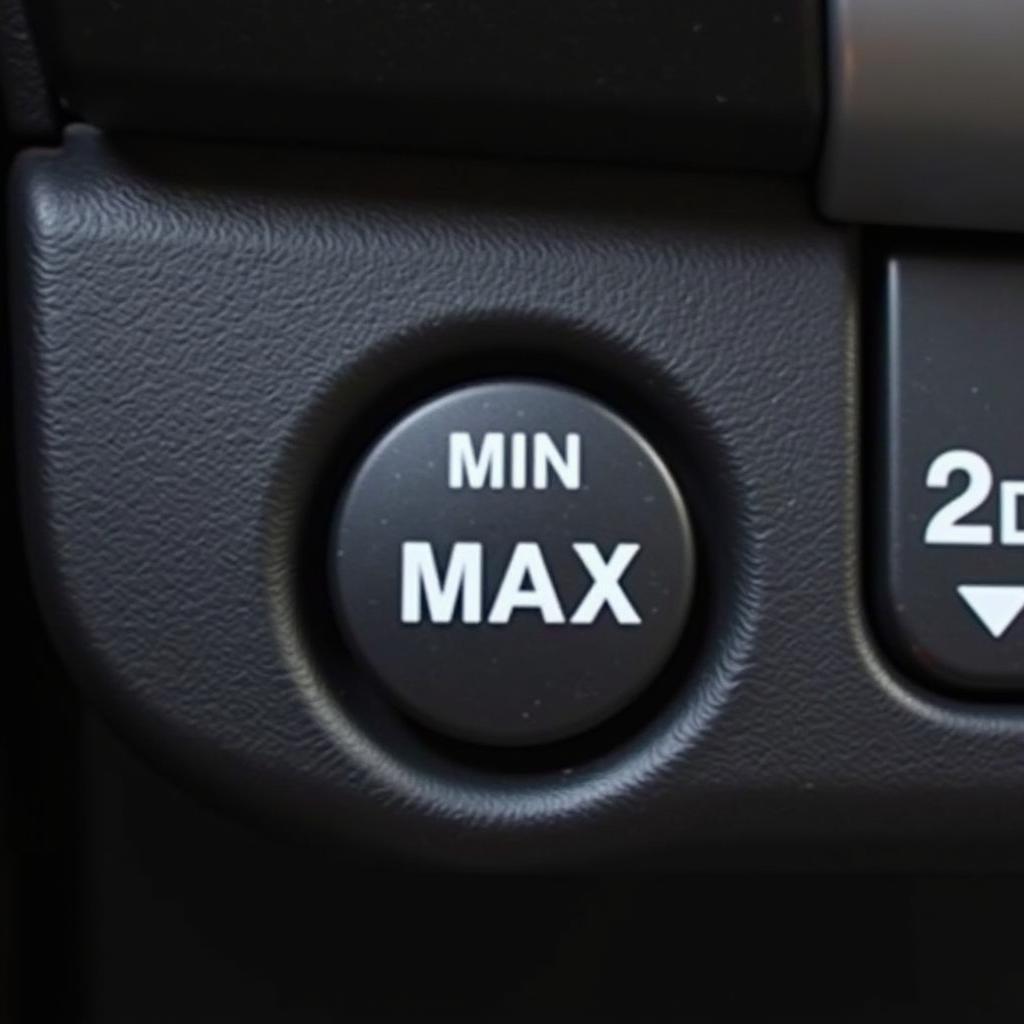Having the brake warning light illuminate on your dashboard can be a nerve-wracking experience, especially in a 1999 Ford Explorer. While it’s crucial to address this issue promptly, understanding the potential causes can help you effectively troubleshoot the problem. This guide will walk you through common reasons behind a lit brake warning light in a 1999 Ford Explorer and offer steps to help you diagnose and potentially fix the issue.
Common Causes of a Lit Brake Warning Light
The brake warning light in your 1999 Ford Explorer serves as an early alert system, notifying you of potential issues within your braking system. While it could be something as simple as a low brake fluid level, it could also indicate a more serious problem that requires immediate attention.
Here are some of the most common culprits behind a brake warning light in a 1999 Ford Explorer:
-
Low Brake Fluid: This is often the most common and straightforward reason. As brake pads wear down over time, the brake fluid level in the master cylinder naturally drops. If the fluid level gets too low, it triggers the warning light.
-
Worn Brake Pads: Brake pads have wear indicators that make a distinctive screeching sound when they wear thin. If you ignore this sound and continue driving, it can lead to metal-on-metal contact, damaging the rotors and potentially triggering the brake warning light.
-
Faulty Brake Light Switch: The brake light switch, located above the brake pedal, activates your brake lights when the pedal is pressed. A malfunctioning switch can disrupt the signal and cause the brake warning light to illuminate.
-
ABS Issue: If your 1999 Ford Explorer has an Anti-lock Braking System (ABS), a problem within this system, such as a faulty sensor or module, can trigger the warning light.
-
Master Cylinder Problems: The master cylinder plays a vital role in distributing brake fluid pressure to your wheels. If it’s leaking internally or externally, it can lead to a loss of brake pressure and illuminate the warning light.
 Checking Brake Fluid Reservoir
Checking Brake Fluid Reservoir
Diagnosing the Problem: A Step-by-Step Approach
Before you start tinkering, ensure your 1999 Ford Explorer is parked on a level surface, and engage the parking brake. Always exercise caution when working with brake systems.
-
Check the Brake Fluid Level: Open the hood and locate the brake fluid reservoir. It’s a translucent container with a black cap, typically labeled “Brake Fluid.” Check the fluid level. If it’s below the “MIN” mark, add the appropriate DOT 3 or DOT 4 brake fluid as specified in your owner’s manual.
-
Inspect the Brake Lines: Visually examine the brake lines that run along the undercarriage of your Explorer. Look for any signs of leaks, cracks, or damage. If you spot any issues, it’s best to consult with a qualified mechanic immediately.
-
Check the Brake Pads: If the brake fluid level is fine and you haven’t noticed any brake fluid leaks, it’s time to inspect the brake pads. Have a look at both the front and rear brakes. Look for excessive wear or if they are worn down to the metal indicator. If they are significantly worn, they’ll need to be replaced.
 Worn Brake Pads on a 1999 Ford Explorer
Worn Brake Pads on a 1999 Ford Explorer
-
Listen for Unusual Noises: Pay attention to any unusual noises coming from your brakes. Grinding or screeching sounds when applying the brakes are clear indicators of worn-out brake pads. A soft or spongy brake pedal can indicate air in the brake lines or a problem with the master cylinder.
-
Consider Your ABS System: If your 1999 Ford Explorer has ABS and you suspect an issue, it’s best to take your vehicle to a qualified mechanic specializing in ABS diagnostics and repair. They have the specialized tools and knowledge to diagnose and fix ABS-related problems.
“It’s important to note that addressing brake issues promptly is crucial for your safety and the safety of others on the road,” advises John Miller, a seasoned automotive technician with over 20 years of experience. “Never ignore a lit brake warning light. Early detection and repair can prevent more serious and costly problems down the line.”
When to Seek Professional Help
While some brake-related issues can be addressed with basic DIY troubleshooting, it’s essential to recognize when professional help is necessary.
“If you’re uncomfortable working on your vehicle’s brake system, lack the necessary tools, or are unsure about any aspect of the diagnosis or repair, it’s always best to err on the side of caution and consult with a qualified mechanic,” says Miller. “They have the expertise and equipment to ensure the job is done correctly.”
 Mechanic Inspecting Brakes on a Lift
Mechanic Inspecting Brakes on a Lift
Conclusion
A lit brake warning light in your 1999 Ford Explorer should never be ignored. By following this troubleshooting guide, you can gain a better understanding of potential causes and take the appropriate steps to address the issue. Remember, safety should always be your priority. If you’re unsure about any aspect of diagnosing or repairing your vehicle’s brake system, don’t hesitate to seek professional assistance.

